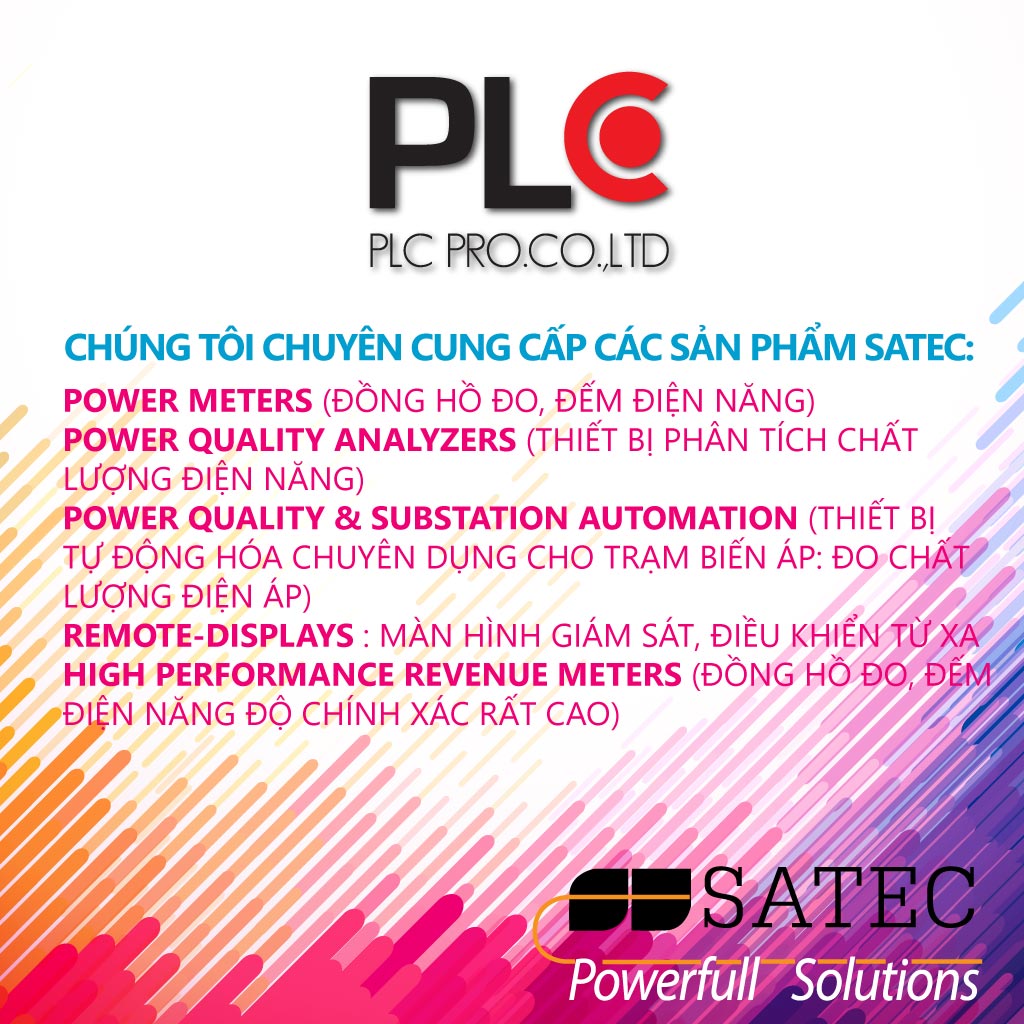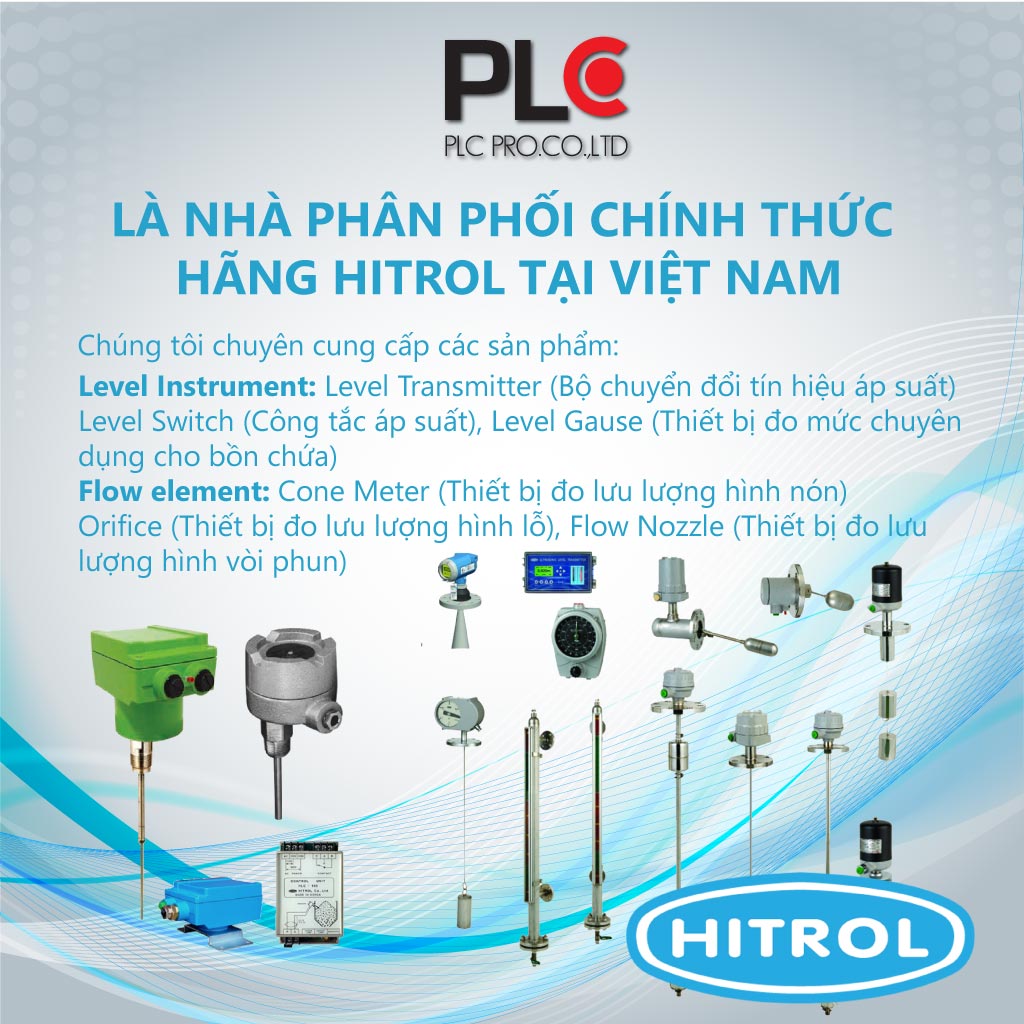The top five things that cause inverter failure
By Jonathan Wilkins, European Automation
One of the most neglected electrical products used in industrial automation is the humble inverter. Rarely is a piece of equipment so straightforward and reliable that process engineers forget it exists. Here, Jonathan Wilkins, the marketing manager of obsolete and spare industrial automation parts supplier, European Automation, explains why even the most resilient components sometimes fail and what to do when this happens.
Inverters, drives, VSDs, variable speed drives, variable frequency drives – the category of products used to control an electric motor’s speed and thus reduce energy usage in a variable speed application has more names than Prince. Although, I suppose when you think about it, he only has three really, if you include his decision in 1993 to become known by a symbol instead of a word.
Power inverters can be completely electronic or combine mechanical effects with electronic circuitry. Since inverters convert DC electricity from batteries, solar panels or fuel cells into AC electricity, the applications they can be used in are extremely diverse.
Electric motors are used everywhere in industry, including in the food and beverage sector for anything from fans, ventilators or conveyor belts to pumps and refrigeration vans. That being said, it’s obvious how inverter failure or breakdown can cause production interruptions and significant financial losses.
The most common cause of failure or malfunctioning for inverters is an improper installation, often a combination of not following the user manual recommendation and selecting inappropriate cable type, gauges or in line fuses. Once you’ve passed the installation test and your product is up and running, there are a few things you will want to look out for.
Capacitor wear
The first reason for inverter failure is electro-mechanical wear on capacitors. Inverters rely on capacitors to provide a smooth power output at varying levels of current; however electrolytic capacitors have a limited lifespan and age faster than dry components. This in itself can be a cause of inverter failure.
Capacitors are also extremely temperature sensitive. Temperatures over the stated operating temperature, often caused by high current, can reduce the life of the component. However, as the electrolytes evaporate faster at higher temperatures, capacitor life increases when they are run at lower than operating temperature.
Happily, keeping a consistent maintenance regime and regularly replacing capacitors avoids most problems caused by wear and tear.
Overuse
We mentioned how sometimes process managers might forget about inverters. This happens more often than you think. Using inverters beyond their operating limit, either by choice or due to oversight or lack of knowledge, can contribute to inverter bridge failure. Using any component at a rating higher than its operating limit will decrease its lifespan and lead to failure, so avoiding this issue simply comes down to checking that all inverters are being run correctly.
Over- and under-voltage
The next two issues that can cause inverter failure are over-current and over-voltage. If either current or voltage increases to a level that the inverter is not rated for, it can cause damage to components in the device, most frequently the inverter bridge. Often this damage will be caused by the excess heat generated by the spike in voltage or current.
Over-current can be avoided with fuses or circuit breakers, but avoiding over-voltage can be tricky. Sometimes voltage spikes are man-made, but they can also be caused by lightning or solar flares, which are difficult to avoid if, like us, you live on planet Earth.
Ultrasonic vibrations
The final problem on the list is one that contributes to the mechanical stress placed on an inverter. Ultrasonic vibrations originating in the cores of inductive components cause friction, adding to the unwanted heat generated by the device and further damaging components in the inverter.
As with any electrical equipment, maintenance is the key and mustn’t be overlooked. With time, electrical connections tend to loosen or corrode. If the inverter is still functional, a maintenance manager might be tempted to simply ignore these signs of wear and tear. However, as the saying goes, it’s better to be safe than sorry, so cleaning the terminals in the battery box, fuses and the inverter connection at least once every six months is crucial.
Furthermore, the cleaning process has to be performed correctly, or it might end up doing more damage than good. Ideally, a wire brush and grease dissolvent agent should be used. After cleaning and maintenance is complete, a protective sealant must also be used on all battery terminals. When deciding which protective coating to use, avoid grease-based ones, because they tend to attract contaminants like dust, which leads to an increased decay of the connections, while also hiding the degradation from further visual inspections.
Although correct installation and maintenance can significantly prolong the lifespan of inverters, when failure does happen, there are a few routes you can take. Especially for older or obsolete models, it might be worth considering the purchase of a refurbished part.
About European Automation: European Automation stocks and sells new, used, refurbished and obsolete industrial automation spares. Its global network of preferred partner warehouses, and wholly owned distribution centres, enables it to offer a unique service within the automation industry, spanning the entire globe. It provides worldwide express delivery on all products meaning it can supply any part, to any destination, at very short notice.







